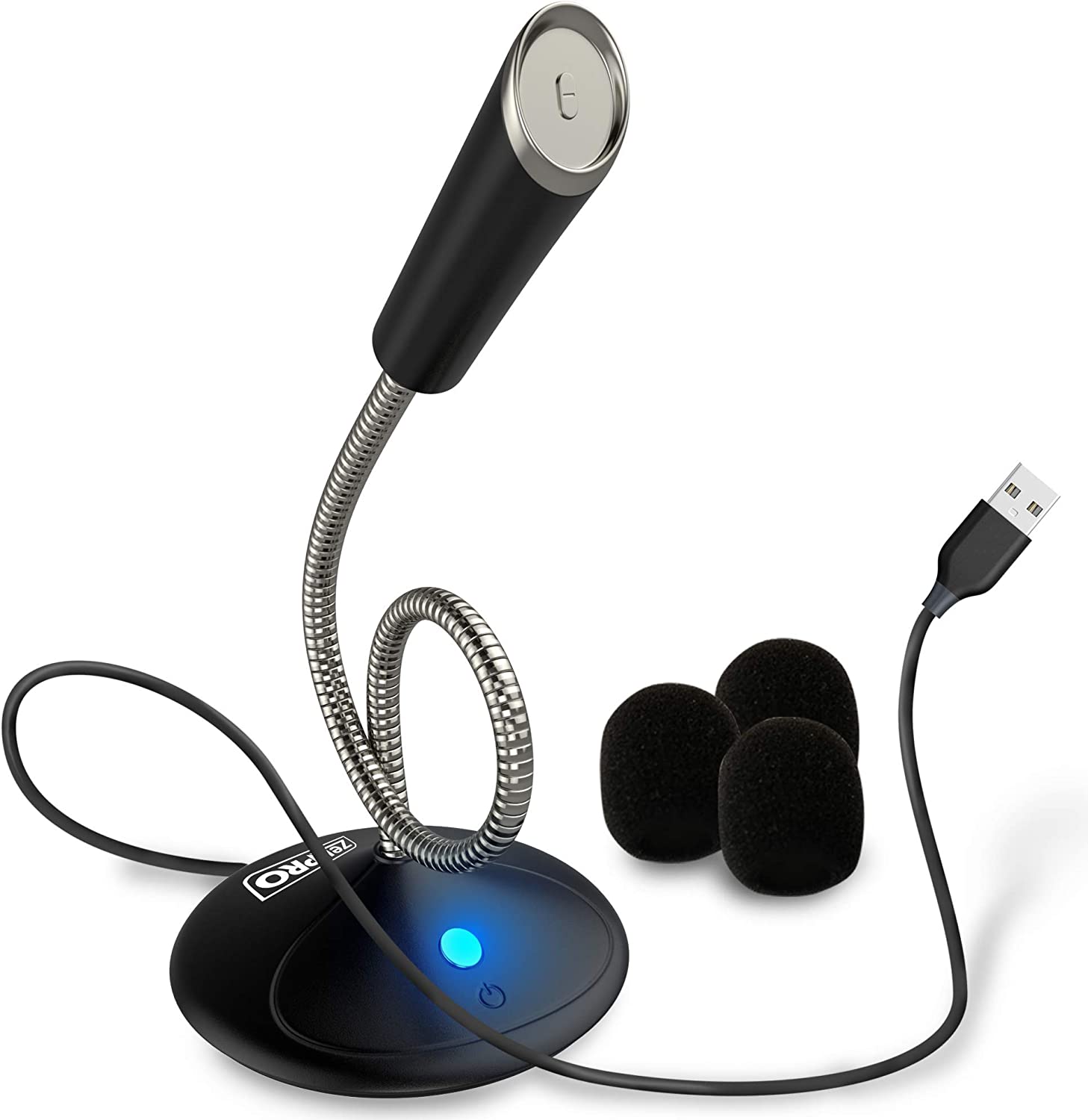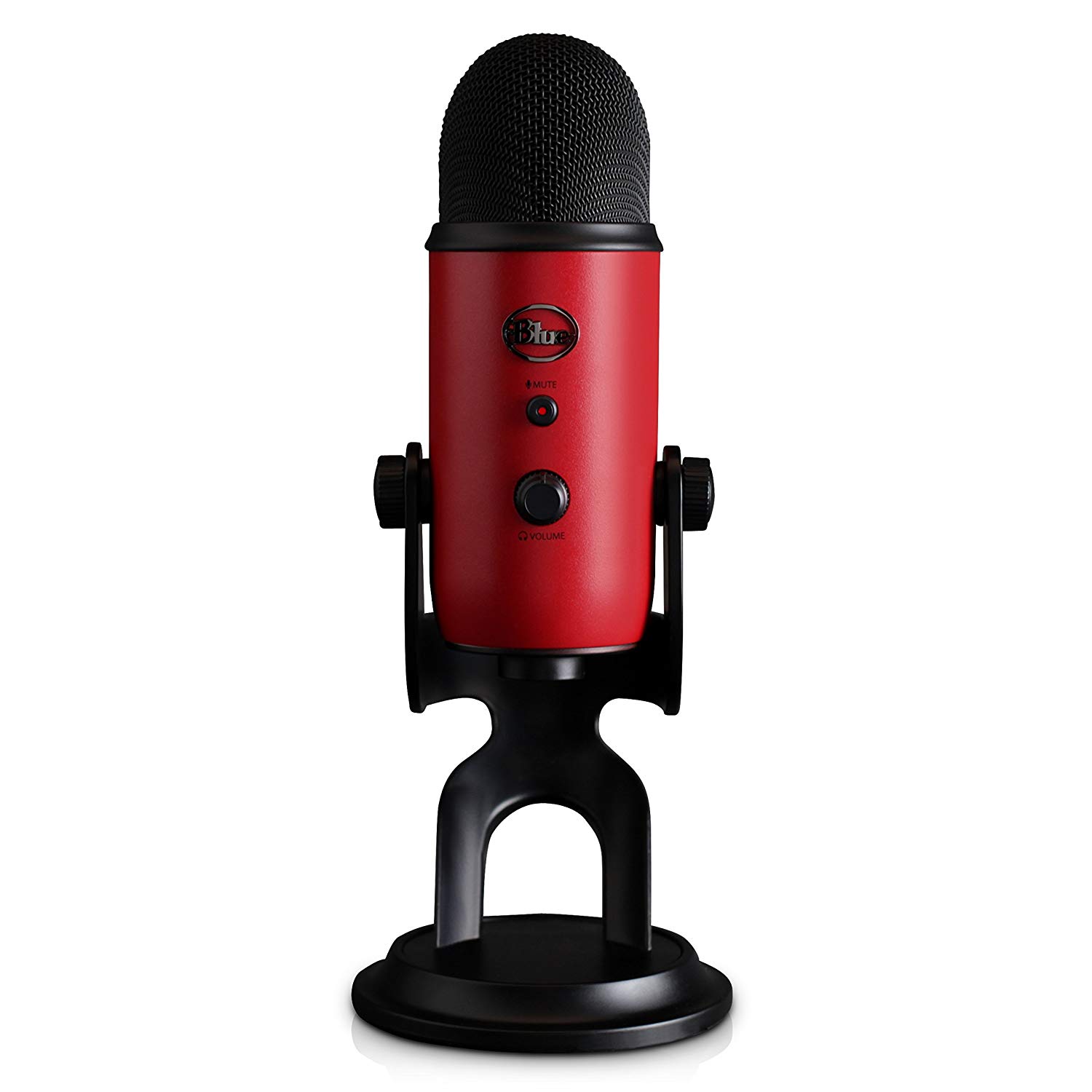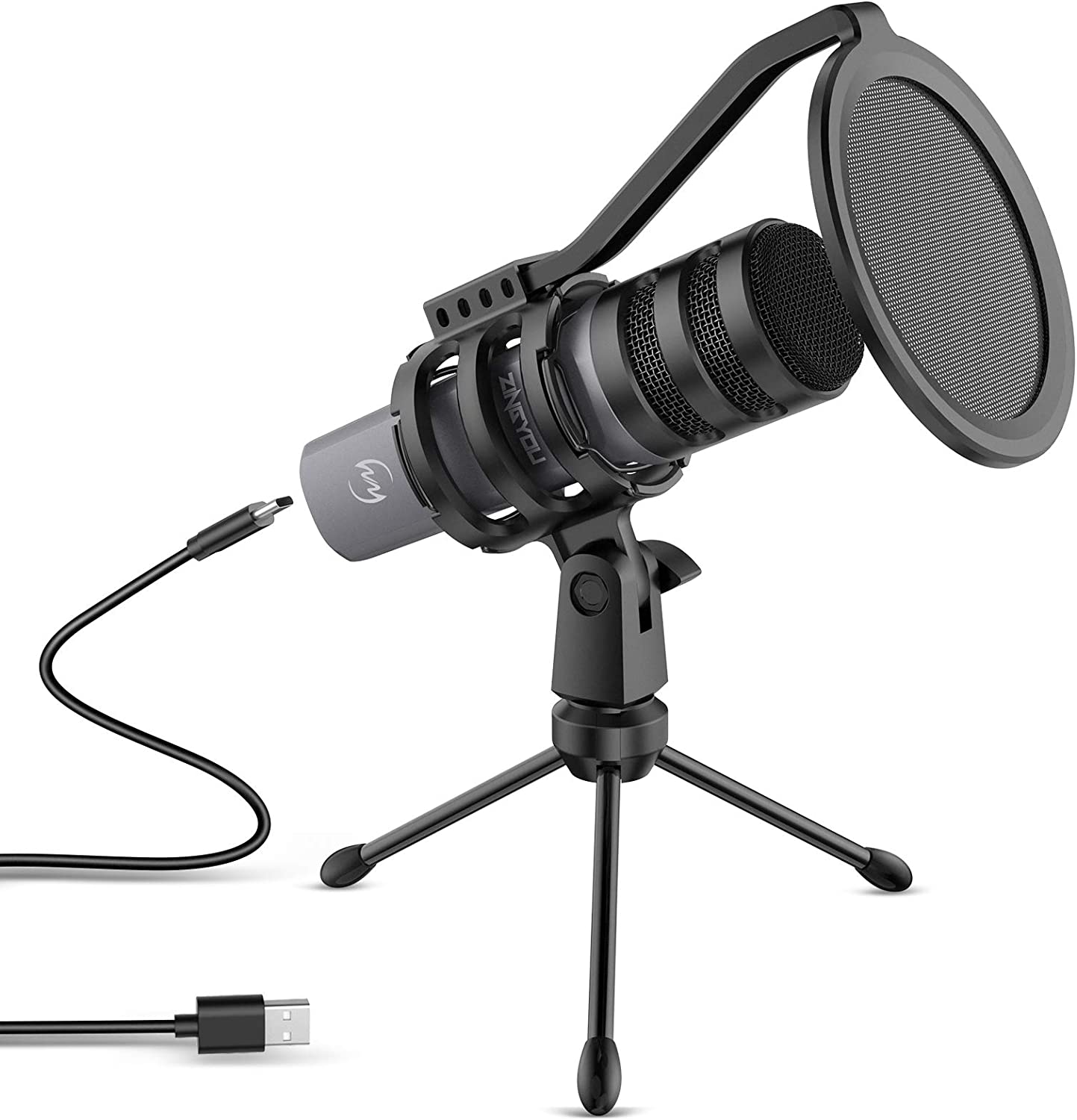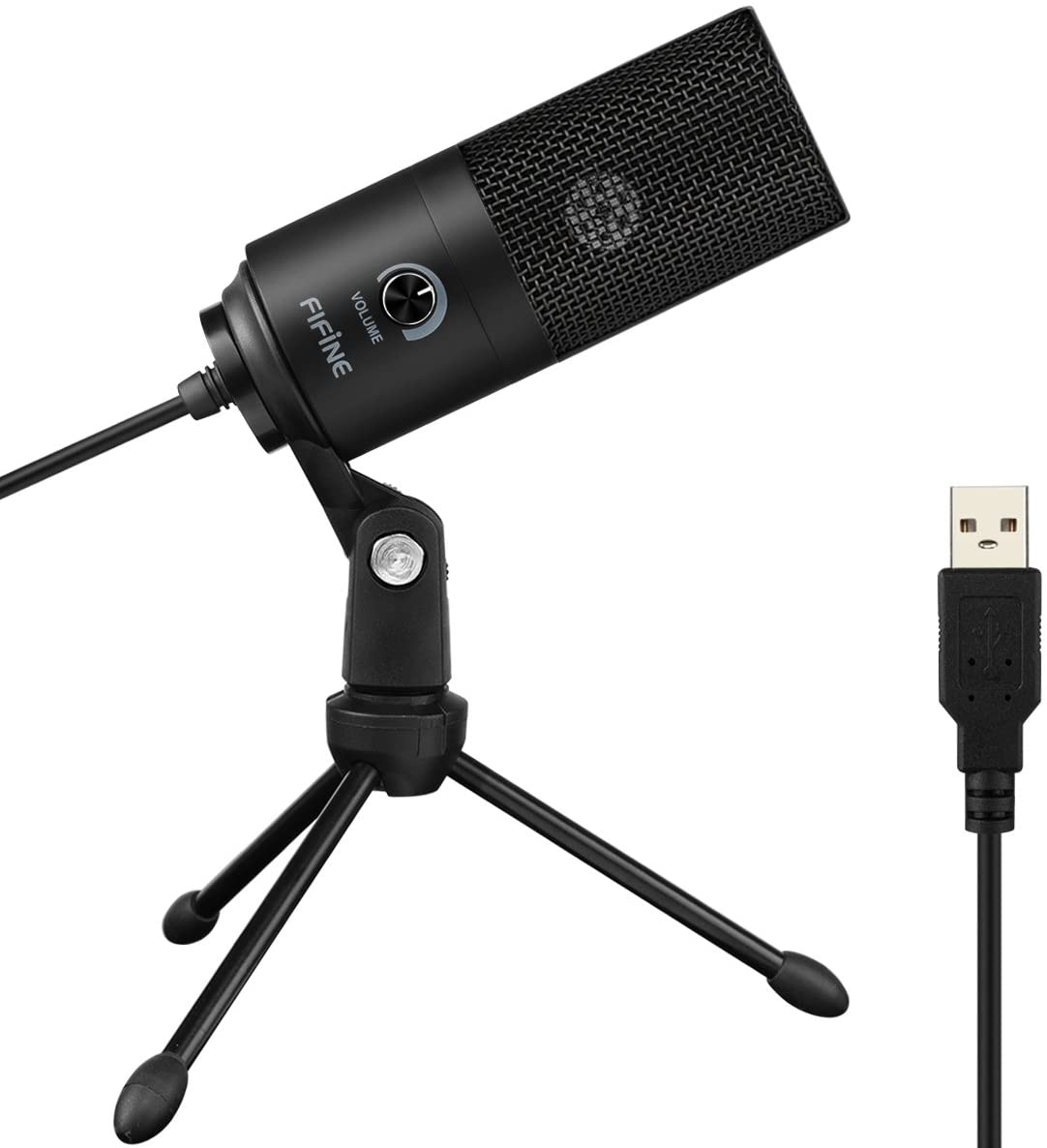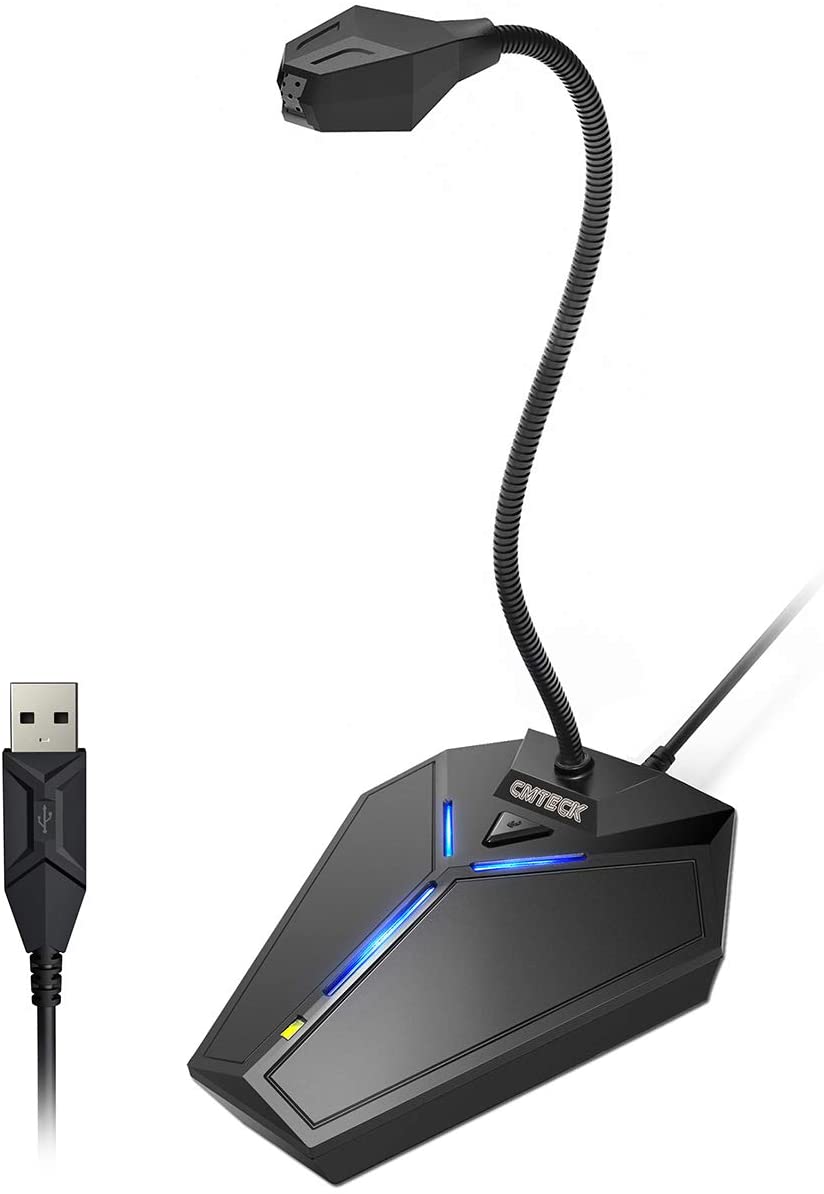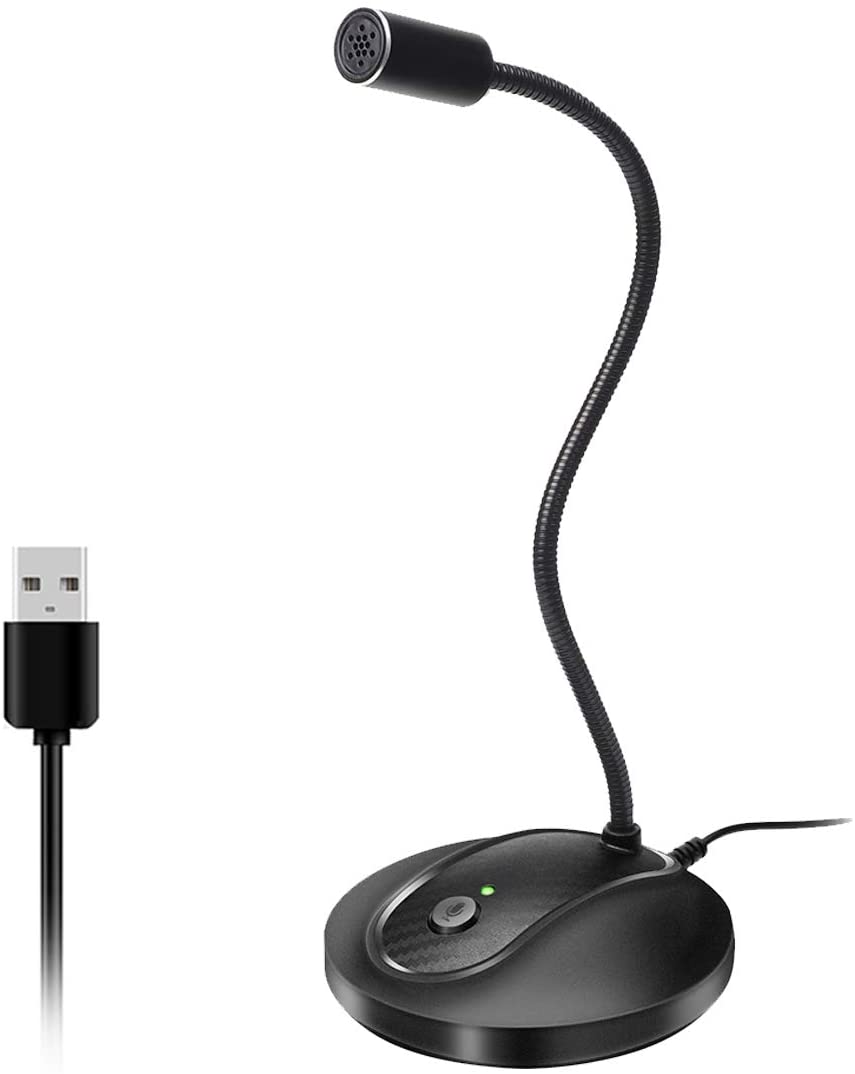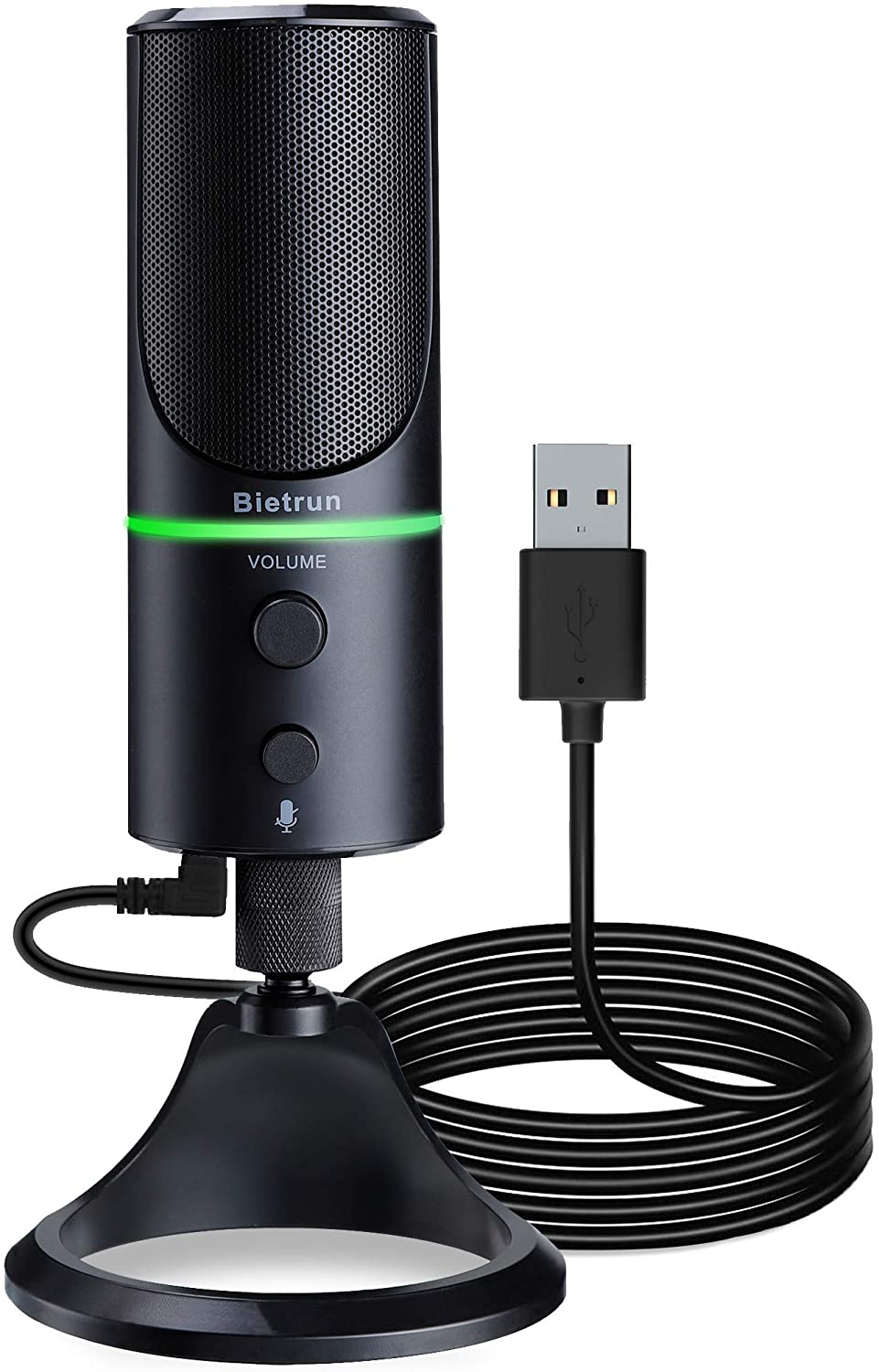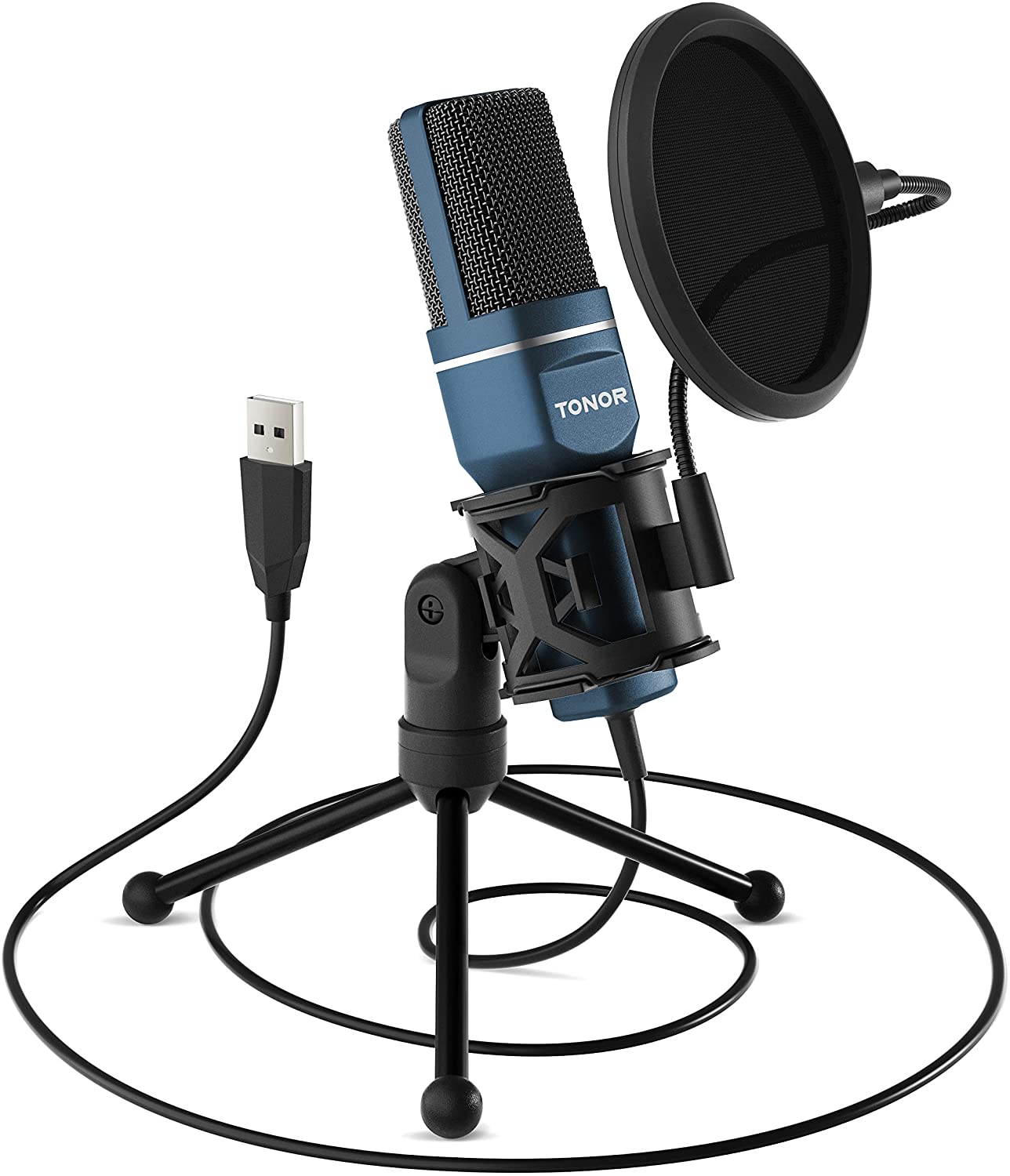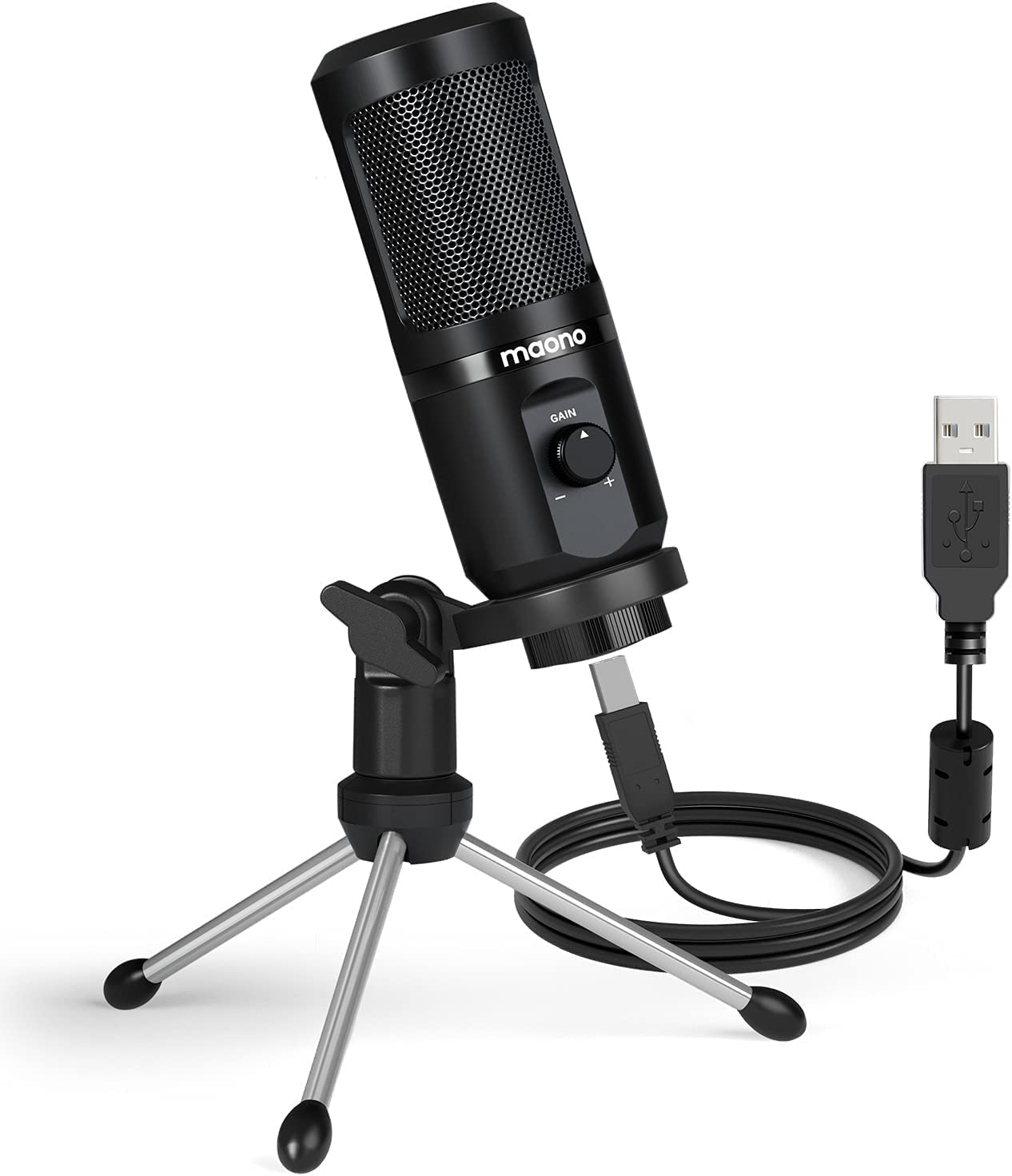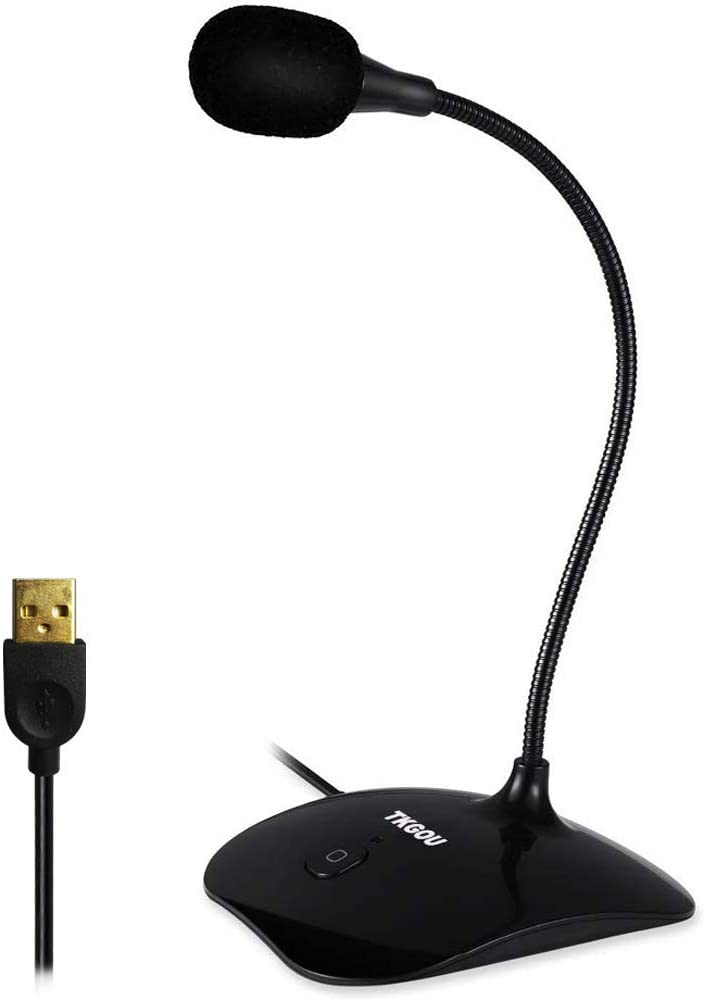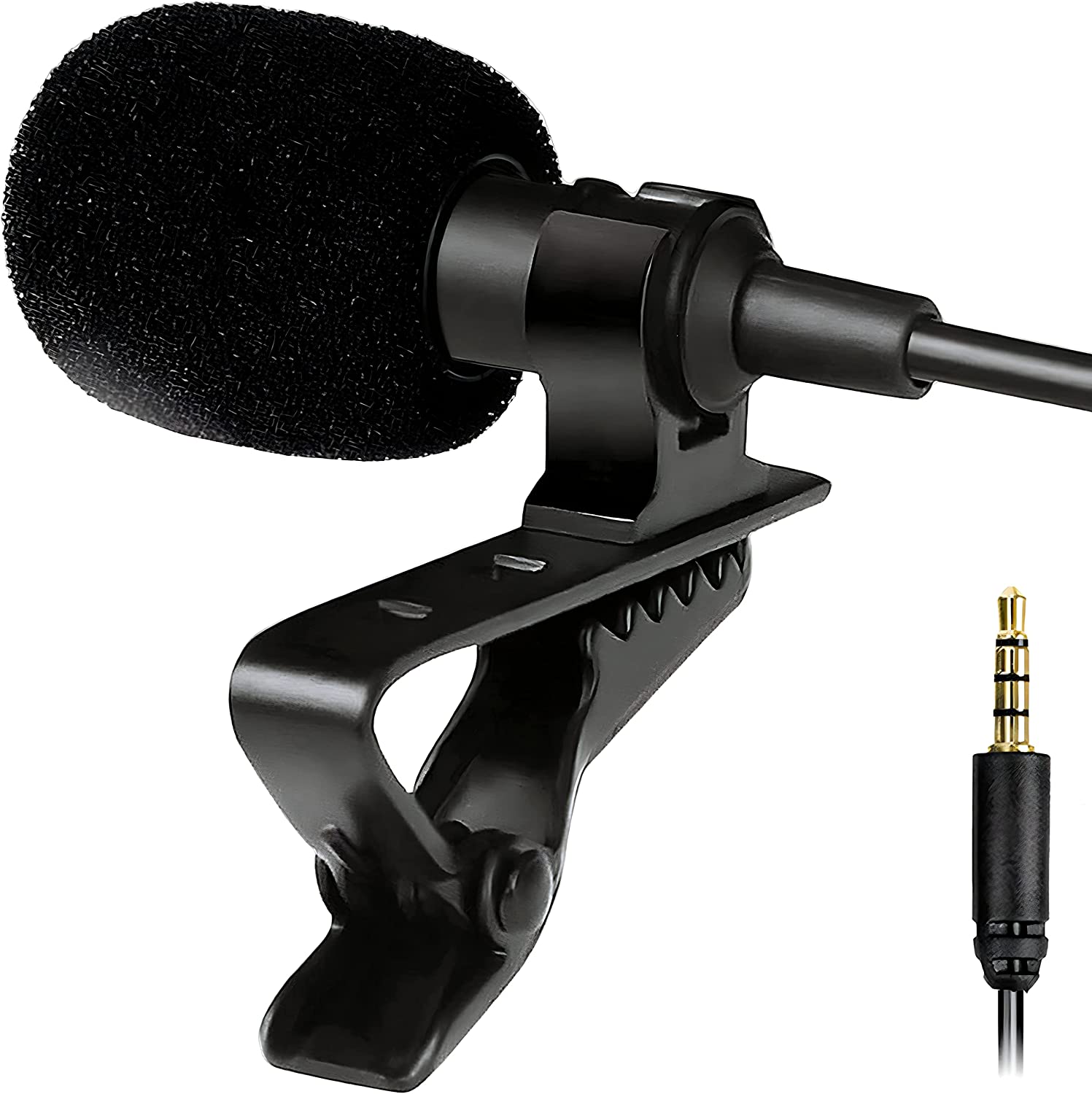Zekpro Plug & Play Omnidirectional Laptop Microphone
Last updated: March 29, 2023
Whether you plan on gaming or participating in Zoom calls for work, this laptop microphone is designed to meet your needs. It features a built-in sound card and simply needs to be plugged in to work. You'll especially love the flexible gooseneck, as it allows for positioning the microphone exactly where you want it.
We looked at the top Laptop Microphones and dug through the reviews from some of the most popular review sites. Through this analysis, we've determined the best Laptop Microphone you should buy.
Product Details
Key Takeaway: When shopping on a budget, this affordable laptop microphone is the way to go.
In our analysis of 8 expert reviews, the Zekpro Plug & Play Omnidirectional Laptop Microphone placed 2nd when we looked at the top 11 products in the category. For the full ranking, see below.From The Manufacturer
Quality Sound – Enjoy smooth and clear voice quality with this mic great for PC, Youtube, Podcast, Gaming and more. Quick Plug & Play – This computer mic is hassle free to install with built-in sound card, say goodbye to driver installation, just plug it in and enjoy. Noise cancelling microphone – This usb mic is an omnidirectional condenser microphone with intelligent noise cancellation technology. Mute Button with LED indicator – Take control of your conference and voice with this computer microphone built for easy use. Travel Bag Included – Bring your desk microphone anywhere with you with our free travel bag included.
